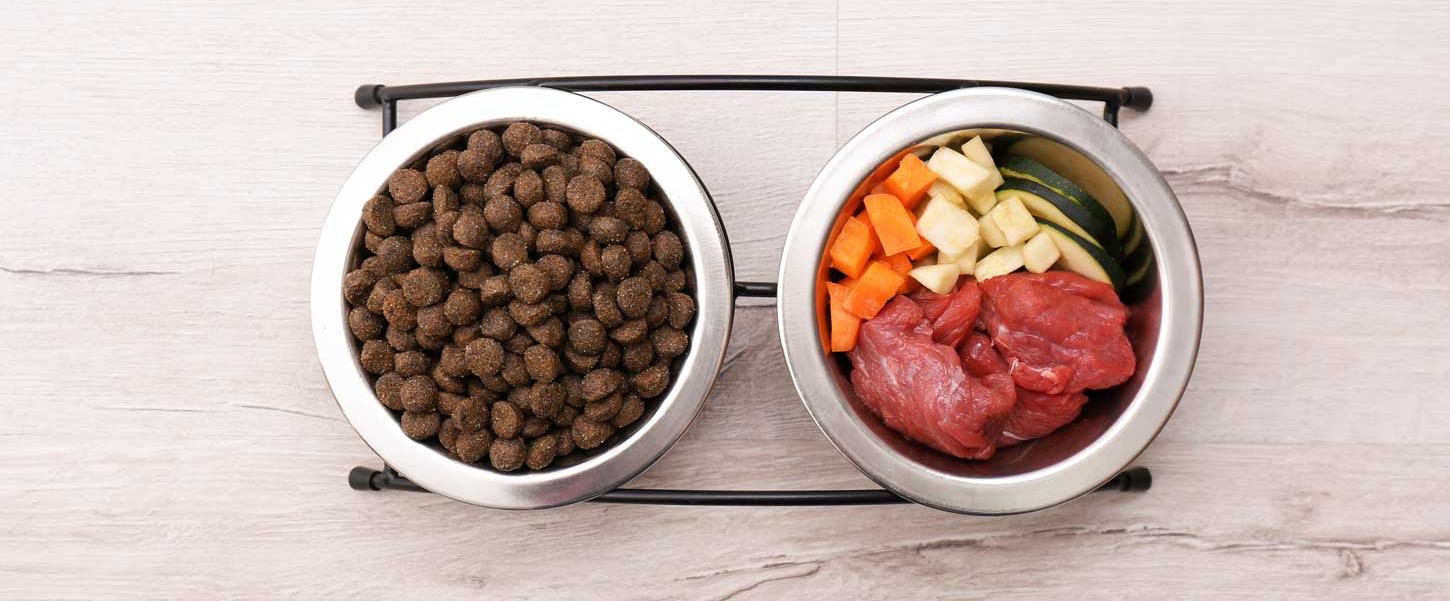Introduction
As pet owners, one of the most important decisions we make is what to feed our furry, feathered, or scaly companions. With countless options lining the shelves, from grain-free kibble to gourmet wet food and specialized diets, it can feel overwhelming to determine what’s best for your pet. Choosing the right food is not just about fulfilling a daily requirement—it’s about investing in your pet’s health, happiness, and longevity.
Whether you’re shopping for dog food, cat food, or specialized diets for reptiles, birds, or small mammals, each pet’s unique needs require careful consideration. Factors like age, breed, activity level, and health conditions all play a critical role in finding the right match. This guide will walk you through everything you need to know to make informed decisions about pet nutrition, ensuring your beloved companion thrives at every stage of life.
Through personal experience and professional insights, I’ll also share the lessons I’ve learned while navigating the vast world of pet food. And remember, when it comes to finding quality options, Petsmart is your one-stop destination for trusted brands and a wide variety of choices to suit all pets and budgets.
Why Choosing the Right Pet Food Matters
The phrase “you are what you eat” holds just as true for pets as it does for humans. The quality of food you choose directly impacts your pet’s overall well-being—affecting their energy levels, coat condition, immune system, and even their mood. Feeding your pet a balanced diet isn’t just about sustenance; it’s about ensuring they lead a vibrant, healthy life.
Personal Insight: Max’s Transformation
When my Labrador, Max, started showing signs of aging, like stiffness and a lack of enthusiasm for his walks, I initially thought it was just a natural part of growing older. However, after consulting with our vet, I learned that his diet was lacking key nutrients that support joint health. I switched him to a senior-specific formula rich in glucosamine, omega-3 fatty acids, and antioxidants. Within weeks, Max was more active, and his coat became shinier—a testament to the power of tailored nutrition.
Key Factors to Consider When Choosing Pet Food
1. Know Your Pet’s Nutritional Needs
Understanding your pet’s unique requirements is the first step toward choosing the right food. Just like humans, pets have nutritional needs that vary based on several factors:
- Age: Puppies and kittens need diets rich in calories, protein, and fat to fuel their rapid growth and development. Conversely, senior pets benefit from lower-calorie diets to prevent weight gain, along with added joint and immune support.
- Breed: Large dog breeds, like German Shepherds, thrive on diets that support joint health, while smaller breeds, like Chihuahuas, need calorie-dense food to maintain energy levels.
- Activity Level: Active pets, such as working dogs or outdoor cats, require more calories and protein to sustain their energy. In contrast, less active pets benefit from controlled portions and lower-fat diets to avoid obesity.
- Health Conditions: Pets with food allergies, diabetes, kidney issues, or digestive sensitivities need specially formulated diets. For instance, hypoallergenic foods can help manage food allergies in dogs prone to itchy skin or ear infections.
2. Understand Ingredients
The ingredient list on a pet food label provides crucial information about the product’s quality. Here’s what to look for:
- High-Quality Protein: For dogs and cats, meat, fish, or poultry should be the first ingredient. This ensures a protein-rich diet that aligns with their carnivorous needs.
- Whole Grains and Vegetables: While some pets thrive on grain-free diets, whole grains like brown rice and oatmeal provide essential nutrients for many dogs. Vegetables, such as sweet potatoes and peas, are excellent sources of vitamins and minerals.
- Healthy Fats: Omega-3 and Omega-6 fatty acids not only improve skin and coat health but also support brain development in young pets.
- No Artificial Additives: Avoid foods with artificial colors, flavors, or preservatives, as these can lead to long-term health issues.
3. Choose Based on Pet Type
Different pets have varying dietary needs, and their food should reflect their natural eating habits:
- Dogs: Balanced diets with a mix of protein, carbohydrates, and fats. Large breed dogs may need food with added joint supplements, while small breed dogs benefit from kibble designed for smaller mouths.
- Cats: Obligate carnivores, cats require high-protein diets rich in taurine, an amino acid essential for heart and vision health.
- Birds: A diet primarily consisting of pellets, supplemented with fresh fruits and vegetables, supports a bird’s nutritional needs.
- Reptiles: Species-specific diets are crucial. For example, bearded dragons need a combination of live insects and leafy greens, while snakes thrive on whole prey.
- Small Mammals: Rabbits need hay as their dietary staple, complemented by leafy greens, while guinea pigs require vitamin C-rich vegetables like bell peppers.
Types of Pet Food: Which Is Right for Your Pet?
1. Dry Food (Kibble)
Dry food is one of the most popular choices for pet owners due to its convenience and affordability. It’s also beneficial for maintaining dental health in dogs and cats, as the crunchy texture helps reduce plaque buildup. However, it’s important to supplement kibble with wet food or fresh water to ensure pets stay hydrated.
When my dog, Max, was a puppy, I relied heavily on high-quality kibble that supported his growth. To keep meals interesting, I would occasionally mix in cooked vegetables or a dollop of wet food, creating a balanced and enjoyable meal for him.
2. Wet Food
Wet food is an excellent choice for pets that struggle with hydration or have dental issues. The high moisture content not only keeps them hydrated but also makes it easier for older pets or those with missing teeth to eat comfortably.
My cat, Luna, developed dental problems as she aged, making kibble too difficult for her to chew. Switching to wet food not only solved her eating issues but also improved her hydration and overall vitality.
3. Raw Diets
The raw diet movement has gained popularity for its focus on mimicking a pet’s ancestral diet. While raw diets can offer benefits like improved digestion and shinier coats, they require careful handling to prevent contamination and ensure nutritional balance.
I tried incorporating raw meals into Max’s diet for a period, and while he seemed to enjoy the fresh ingredients, it was time-consuming to prepare and required meticulous attention to sourcing safe, high-quality meats.
4. Specialty Diets
Specialty diets cater to pets with specific health needs, such as weight management, food allergies, or chronic conditions like kidney disease.
When Max developed arthritis in his later years, switching to a joint-supportive formula made a noticeable difference in his mobility and comfort. These specialized diets are often more expensive but are well worth the investment for pets with unique needs.
Conclusion
Choosing the best pet food is a journey of understanding your pet’s unique needs and providing them with a diet that supports their health and happiness. From selecting nutrient-rich ingredients to navigating different food types, every choice you make has a profound impact on your pet’s well-being.
Through personal experiences and professional insights, I’ve seen how the right food can transform a pet’s life. For trusted brands and an extensive selection of options, Petsmart is an excellent place to start. With their knowledgeable staff and wide array of products, you’re sure to find the perfect match for your beloved companion.
Here’s to happy, healthy pets and the unconditional love they bring to our lives!
Would you like me to expand specific sections further or explore additional topics, such as recipes for homemade pet food or a breakdown of pet food labels?







